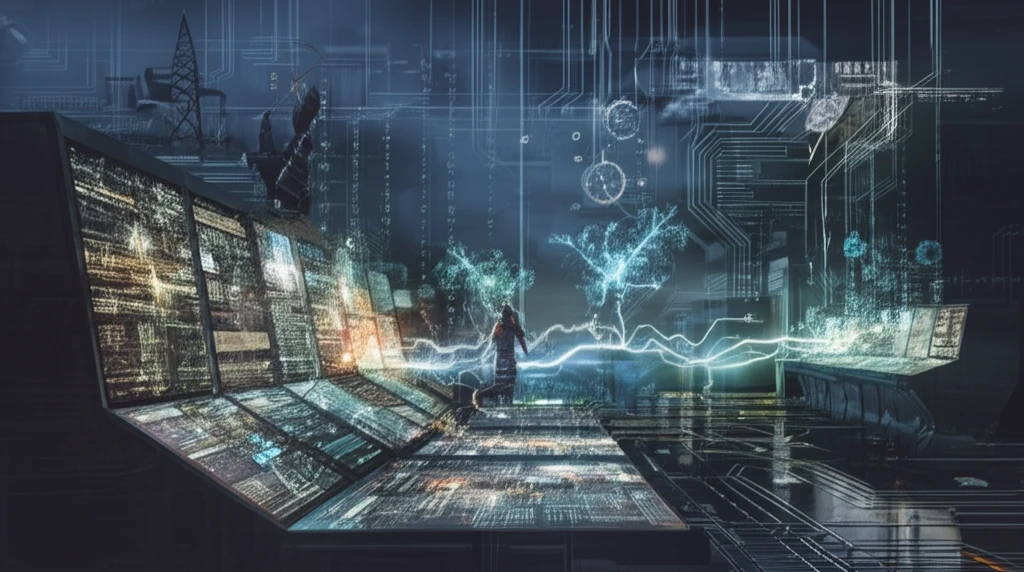
Can Your Microgrid Survive a Cyber Attack? The Future of Resilient Energy Grids
"Discover how innovative sensor fault-tolerant control strategies are safeguarding distributed energy resources from cyber threats and ensuring a stable, reliable power supply for tomorrow's microgrids."
As the world embraces the vision of smart grids, integrating distributed and renewable energy resources into microgrids has become a key focus. Microgrids, which combine distributed energy resources (DERs), energy storage, and interconnected loads, offer the ability to operate both connected to the main grid and independently. This flexibility promises greater efficiency and resilience, but it also introduces new challenges, particularly in maintaining reliable operation and robust control systems.
In grid-connected mode, microgrids actively trade power with the main grid, necessitating sophisticated control strategies to manage this two-way energy flow. The controllers of power electronic converters, such as Voltage Source Converters (VSCs), are crucial for ensuring rapid and efficient power transfer. These systems rely on accurate measurements of voltage and current to function correctly, but what happens when these measurements are compromised by sensor faults or malicious cyber attacks?
Imagine a scenario where faulty sensor readings or a cyber attack manipulate the voltage and current data, leading to power imbalances and uncontrolled microgrid operations. This could cascade into broader grid instability, underscoring the urgent need for advanced fault-tolerant control (FTC) systems. This article delves into innovative solutions that not only detect these vulnerabilities but also ensure continuous, reliable microgrid operation, paving the way for a more secure and sustainable energy future.
Why Traditional Microgrid Controls Are Vulnerable

Traditional microgrid control systems heavily depend on accurate measurements of voltages and currents at the Point of Common Coupling (PCC). These measurements, obtained via current transformers (CTs) and potential transformers (PTs), are processed by data acquisition (DAC) devices before being fed into controllers. The controllers then generate Pulse Width Modulation (PWM) signals, which are essential for the VSC to meet its control objectives.
- Sensor Malfunctions: Faults in sensors or DAC devices, as well as inaccuracies in CT and PT measurements, can lead to deviations in real and reactive power delivery.
- Cyber Attacks: Malicious actors can manipulate voltage and current data, causing the microgrid to operate erratically and potentially destabilizing the main grid.
- CT/PT Errors: Errors in the current and potential transformers affect accuracy and reliability of measurements.
Securing the Future of Microgrids
The integration of renewable energy and distributed generation through microgrids holds immense promise for a sustainable and resilient energy future. As demonstrated in the research, innovative fault-tolerant control strategies are crucial for realizing this vision. By proactively addressing vulnerabilities and incorporating advanced detection and mitigation techniques, we can ensure that microgrids remain reliable, secure, and integral components of the smart grid ecosystem.
